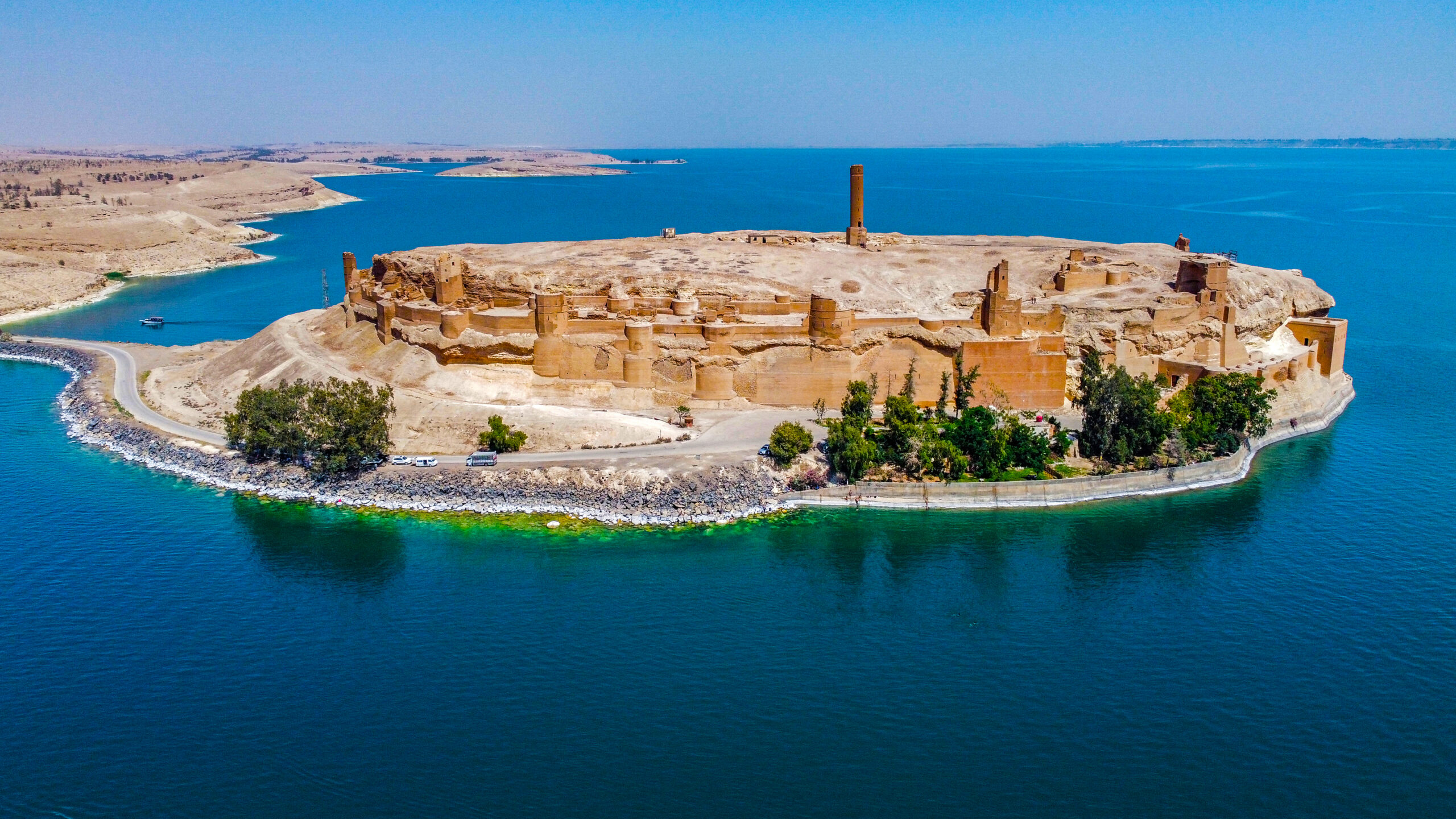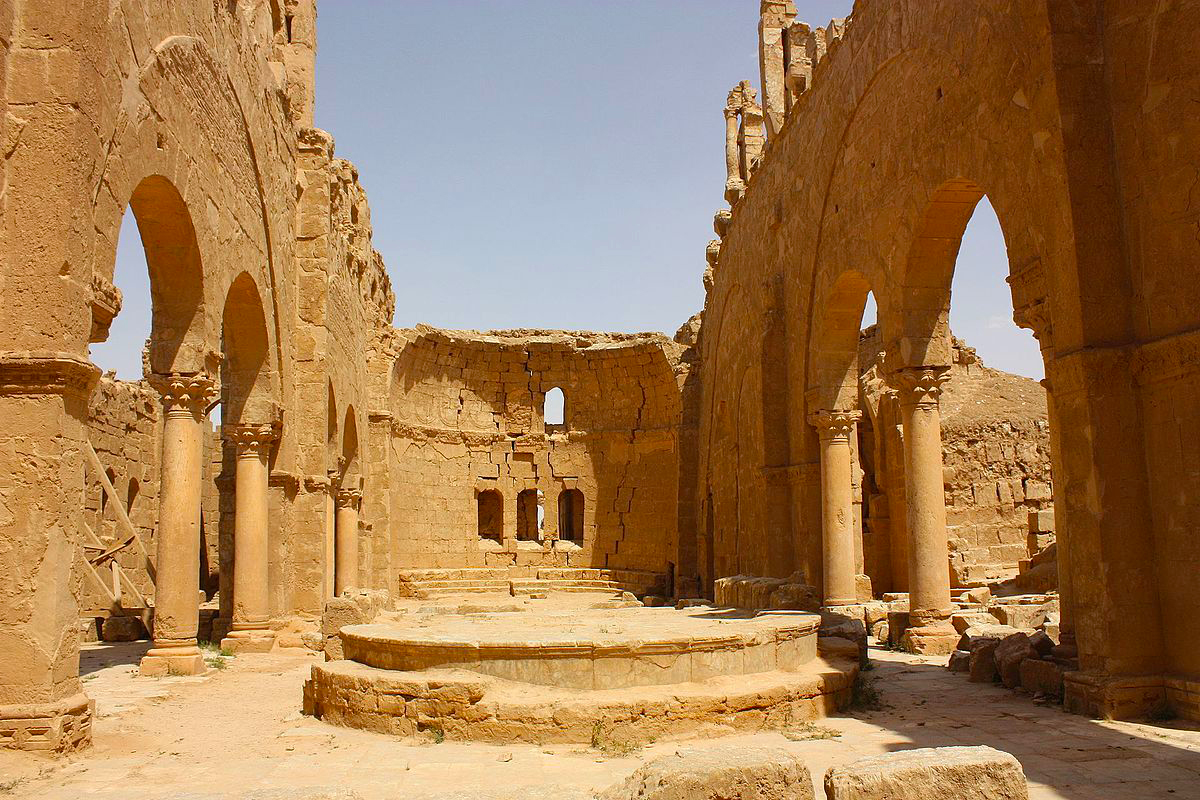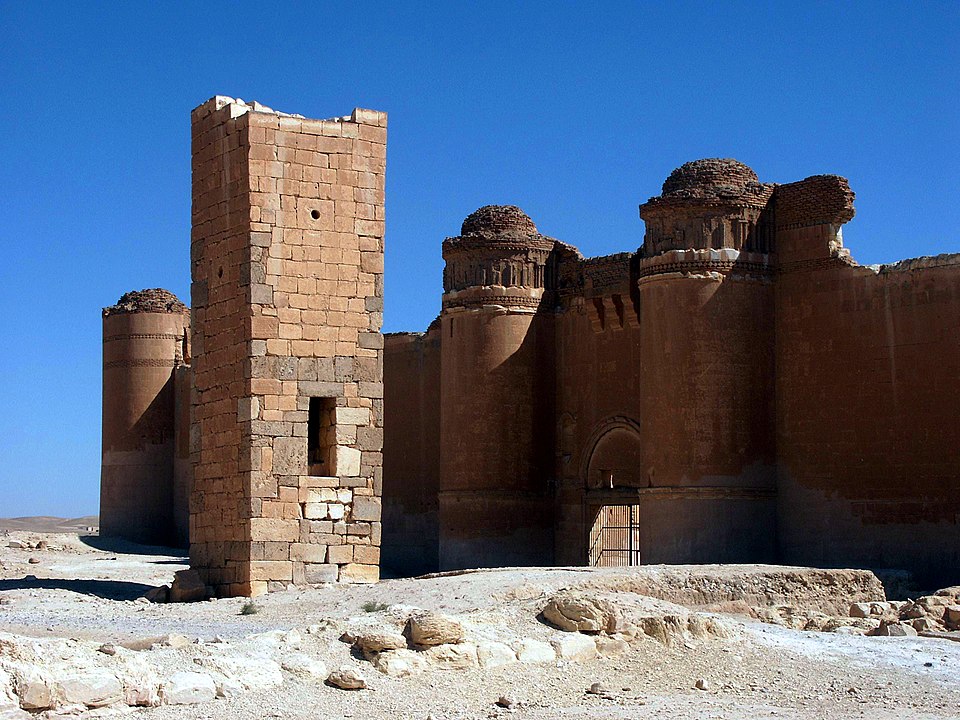| Feature | Details |
|---|---|
| Name | Qasr al‑Hayr al‑Sharqi (Arabic: قصر الحير الشرقي) |
| Location | Central Syrian Desert, Homs Governorate, ~100 km from Resafa (Sergiopolis) |
| Built | 728–729 CE by Umayyad Caliph Hisham ibn ‘Abd al-Malik |
| Original Purpose | Military-hunting palace, caravanserai, agricultural-admin center |
| UNESCO Status | Tentative World Heritage Site (since June 8, 1999) |
| Key Features | Two massive enclosures (300 m and 100 m sides), 26 towers, mosque, bathhouse, gardens, khan |
| Materials/Style | Adobe and stone influenced by Byzantine and Sasanian architecture |
| Accessibility | Reachable by car or private tour (~3 h from Damascus, ~100 km east of Palmyra) |
| Entrance Fee | Typically none; donations may be welcome |
| Visitor Tips | Bring water and sun protection; walkers advised sturdy shoes |
| Best Time to Visit | Spring or autumn; early morning for cooler climate |
Qasr al‑Hayr al‑Sharqi is a striking example of Umayyad ingenuity nestled in the Syrian Desert. Built between 728 and 729 CE under Caliph Hisham ibn ‘Abd al‑Malik, it once served as a luxurious hunting retreat and administrative hub in the arid expanse east of Palmyra. Its twin-square enclosures, monumental towers, mosque, bathhouse, and ancient water systems speak to a refined vision of desert urban planning and royal comfort.
Why Visit
Visiting Qasr al‑Hayr al‑Sharqi offers a rare view into early Islamic desert life and sophisticated Umayyad architecture. Its size, layout, and distinctive towers reflect both practical desert adaptation and royal prestige. Excavations led by Oleg Grabar in the 1960s unearthed vast evidence of urban planning, ceramics, and art, making it a key site for scholars and history lovers alike.
How to Reach
Located approximately 100 km east of Palmyra and 28 km from al‑Sukhnah, Qasr al‑Hayr al‑Sharqi is best accessed by car from Damascus or Palmyra, taking approximately 3 hours from central Damascus along the desert highway. Tours may include it alongside Qasr al‑Hayr al‑Gharbi and Resafa.
What to Know Before You Go
- The site is open and free to explore; no formal ticket required.
- Facilities are minimal—carry water, sun protection, and sturdy footwear.
- Weather can be intense; avoid summer midday heat.
- Respect the fragile archaeological remains—some parts have been looted or damaged during recent conflicts
- Best to hire a local guide for history, context, and safe navigation.
Nearby Attractions
- Qasr al‑Hayr al‑Gharbi, its western twin castle built a year earlier, is located nearby.
- Resafa (Sergiopolis) with its mosaics and ruins lies ~100 km northwest.
- Palmyra to the west offers classic Roman-era monuments.
- Bishri Mountains and desert landscapes for hiking and nature.
- Other Umayyad desert castles scattered across eastern Syria.



